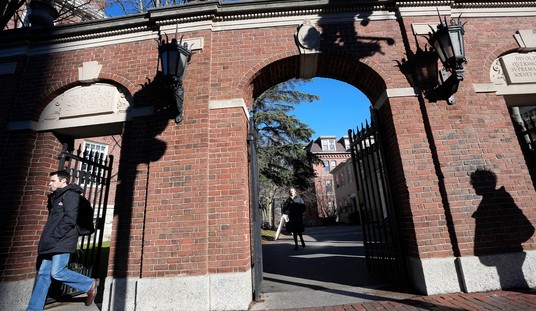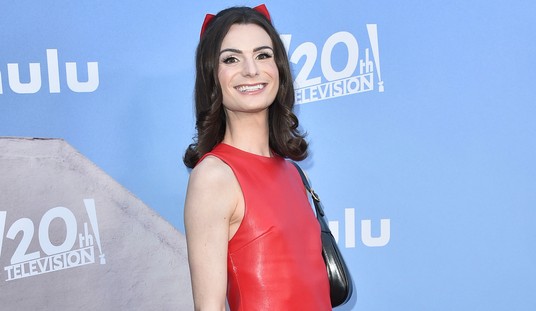In a rare bipartisan gesture, a group of eight senators announced Tuesday plans to reintroduce legislation aimed at eliminating the need to “spring ahead” and “fall back” by making daylight saving time (DST) permanent year-round.
The octet of senators is spearheaded by Marco Rubio (R-FL), and includes James Lankford (R-OK), Roy Blunt (R-MO), Sheldon Whitehouse (D-RI), Ron Wyden (D-OR), Cindy Hyde-Smith (R-MS), Rick Scott (R-FL), and Ed Markey (D-MA).
The “Sunshine Protection Act” comes in response to the growing cohort of states who have already approved year-long DST, but who cannot legally implement the shift without first a change in federal law. Proposals to institute permeant DST have been circulating for decades, but proponents argue that now, while experiencing the disheartening effects of Covid-19, is an opportune moment to make the switch.
In a statement released by Sen. Rubio’s office, Sen. Lankford wrote, “In a year that feels like it’s been in complete darkness, Senator Rubio and I have provided a solution to provide more sunlight by making Daylight Saving Time permanent … I don’t know a parent of a young child that would oppose getting rid of springing forward or falling back.”
Currently, within the U.S., DST begins on the second Sunday of March and ends eight months later on the first Sunday in November. Clocks are moved one hour forward in the spring and pushed one hour back in the fall.
According to the one-pager published by Sen. Rubio, the potential benefits of making DST permanent include reducing the risk of car crashes, cardiac issues, seasonal depression, childhood obesity and robberies, while also stimulating the agricultural economy and the economy at large.
Recommended
The notion of DST was first conceived by Ben Franklin in the late 1700s but was not widely adopted until 1916 when the Germans did so in an effort to conserve fuel. Their logic being, if they had an extra hour of afternoon light, they would use less gas at dusk burning lamps.
Given the global conflict of WWI, America likewise needed to conserve fuel and moved to adopt the time shift in 1918. After the war ended, the U.S. abandoned DST, only to reinstate the change amidst the breakout of WWII.
In 1966, after a 20-year period of confusion and chaos in which the U.S. allowed states and towns to independently choose whether or not they would adopt DST, the Uniform Time Act was enacted and with it, universal guidelines were created for states who chose to adopt DST.
The time shift was left unchanged until 2007, at which point the Energy Policy Act of 2005 went into effect and prolonged DST to the 8-month period experienced across America today.
To date, 15 states have passed laws making daylight saving time a permeant, year-round feature, with others states seriously considering similar measures. However, until Congress amends the federal laws, the states will remain unable to move forward with the implementation of the practice.
























Join the conversation as a VIP Member